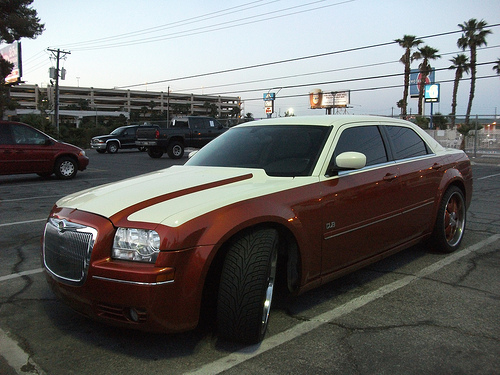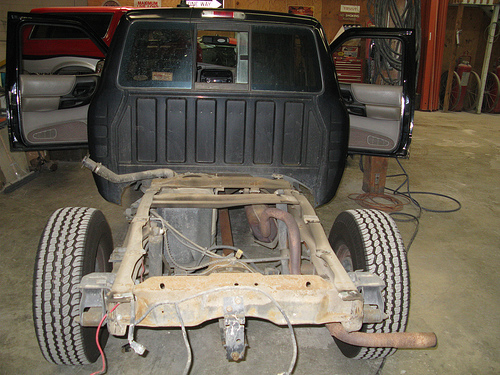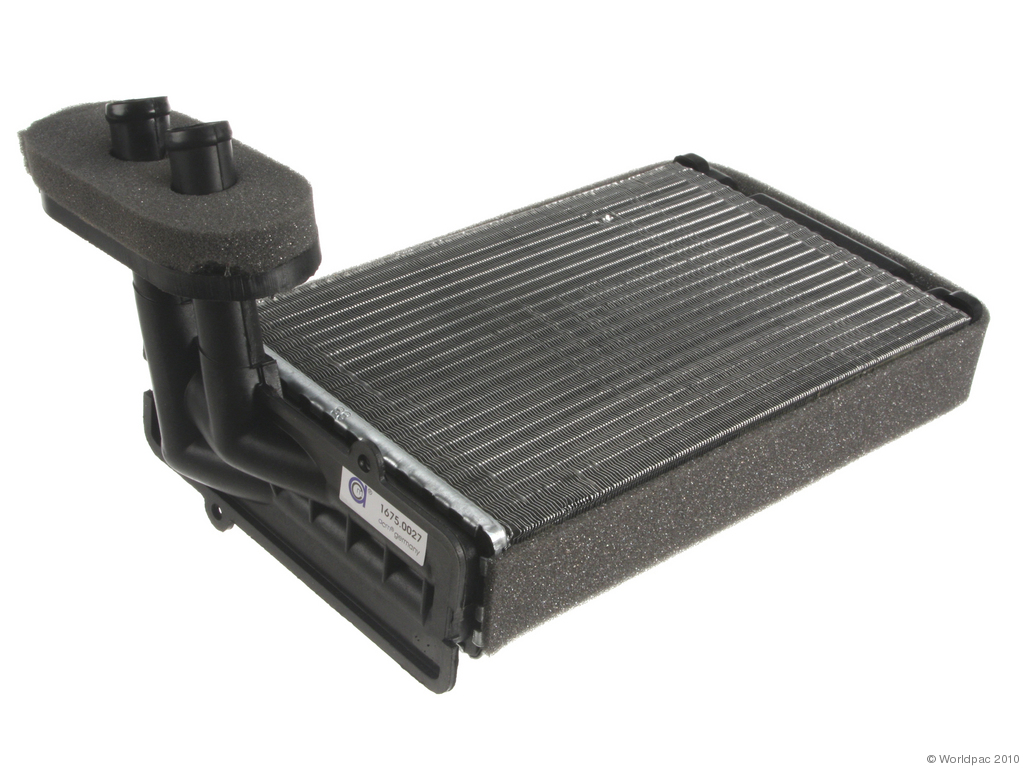What is a Sedan?
The sedan is one of the most popular car body styles, and it is primarily defined by the presence of separate compartments for the engine, passengers, and trunk, and ample seating in the rear. Additionally, sedans have permanently enclosed passenger compartments (differentiating them from convertibles) and share a common design pattern that includes A, B and C pillars. They have also traditionally been defined as having four doors (differentiating them from smaller two door coupes), although “four door coupes” and “two door sedans” are both available. In countries like England and Ireland, sedans are referred to as “saloons.”
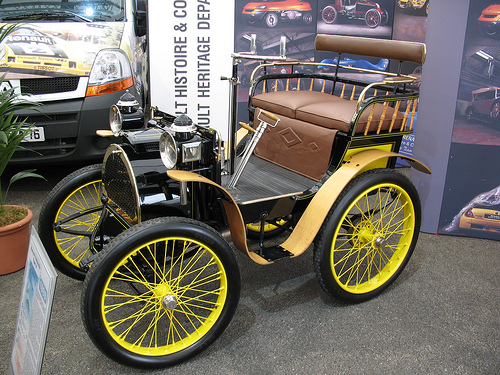
The Renault Voiturette Type A was enclosed, and a rear bench seat was added, to create the precursor to what we now know as a sedan.
In addition to the basic sedan, there are also a handful of sub-types, including:
- Fastback sedans
- Hatchback sedans
- Hardtop sedans
- Notchback sedans
Contents
History of the Sedan
While the origins of the word sedan aren’t entirely clear, it was probably derived from older words that referred to human-carried chairs called litters. The Latin word for these litters was “sella,” and various words like the Italian “sedia” were derived from that root. One urban legend suggests that the word is derived from a sub-prefecture of the same name in France (and that the first sedans were invented or built there), although it is far more likely that the two words simply share common roots or origins.
While the first automobile that conformed to the modern definition of a sedan (fully enclosed, seating for four or more) was the Renault Voiturette Type B, which was produced between the years of 1899 and 1903. However, this early fully-enclosed automobile didn’t have four doors, and it wasn’t referred to as a sedan.
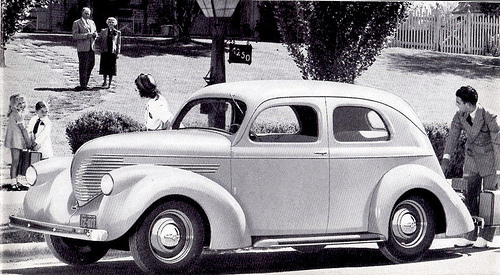
The sedan has been a mainstay of the automotive industry for over a hundred years. This is the short-lived Willys Clipper.
The first motor vehicle to actually be referred to as a sedan was the Speedwell Sedan, which was first manufactured in 1911. Speedwell Motor Company, which was based in Dayton, OH, closed its doors in 1915, so it is primarily remembered as a footnote in automotive history as the first company to use the term sedan, which is still in use over 100 years later. Although Speedwell did build four door automobiles in 1911, their so-called 1911 Sedan was a two door model.
Modern Sedans
Today, sedans are available in both mid- and full-size variations. The smallest sedans, which fall into the mid-size car category, typically have four doors and seating for five, with a rear bench seat and front captains chairs. There has been some confusion regarding the dividing line between large coupes and small mid-size sedans, due to the introduction of “four door coupes” and “two door sedans.”
In these cases, the dividing line is actually the size of the “rear interior volume.” If that volume is less than 33 cubic feet, the vehicle is a coupe. If the volume is more than 33 cubic feet, it’s a sedan.
Mid-size sedans commonly feature L4 or small V6 engines, although that varies from one manufacturer to another.
Some examples of mid-size sedans currently on the market include:
- Chevrolet Malibu
- Dodge Avenger
- Ford Fusion
- Hyundai Sonata
- Toyota Camry
Larger sedans are known as full-size cars in the United States. These vehicles conform to the same basic definition as mid-size sedans, and they are simply bigger. Some full-size sedans offer seating for six (with a front bench seat), although many of them provide the same seating for five that you see from mid-size sedans. The seating arrangements and leg room tend to be roomier, due to the overall larger size of the vehicles, and they also tend to have more cargo space in the trunk.
Full-size sedans are often equipped with larger V6 or even V8 engines depending on the manufacturer. Some examples of full-size sedans currently on the market include:
- Chevrolet Impala
- Dodge Charger
- Ford Taurus
- Toyota Avalon
In addition to mid- and full-size sedans, most manufacturers also offer executive and luxury models that are based on the same form factor. These vehicles tend to be either the same size or larger than full-size sedans, and they also offer larger, more powerful engines, premium trim options, and other luxury features.
Some examples of executive and luxury class full-size sedans include
- Audi A8
- Chrysler 300
- Cadillac XTS
- Mercedes E-Class (executive) and S-Class (luxury)
Sedan Variants
The station wagon is one common variation on the sedan theme. This body style is essentially a “two box” sedan, where the roof is extended rearwards all the way to the rear of the vehicle. That essentially brings the trunk space into the same interior volume of the passenger compartment, eliminating the third box that is one of the defining characteristics of the sedan body style. This same technique, applied to coupes, is how hatchbacks are created (although so-called “sedan hatchbacks” have also been introduced in recent years.)
Another common variant is the sports sedan. Unlike traditional sports cars, these vehicles fit the basic definition of a sedan: three box design, seating for at least four adults, and more than 33 cubic feet of rear interior volume. However, they are designed for speed and high-performance driving. In some cases, sports sedans are modified versions of existing mid- or full-size sedans in a manufacturers lineup, and in other cases they are stand-alone models.

